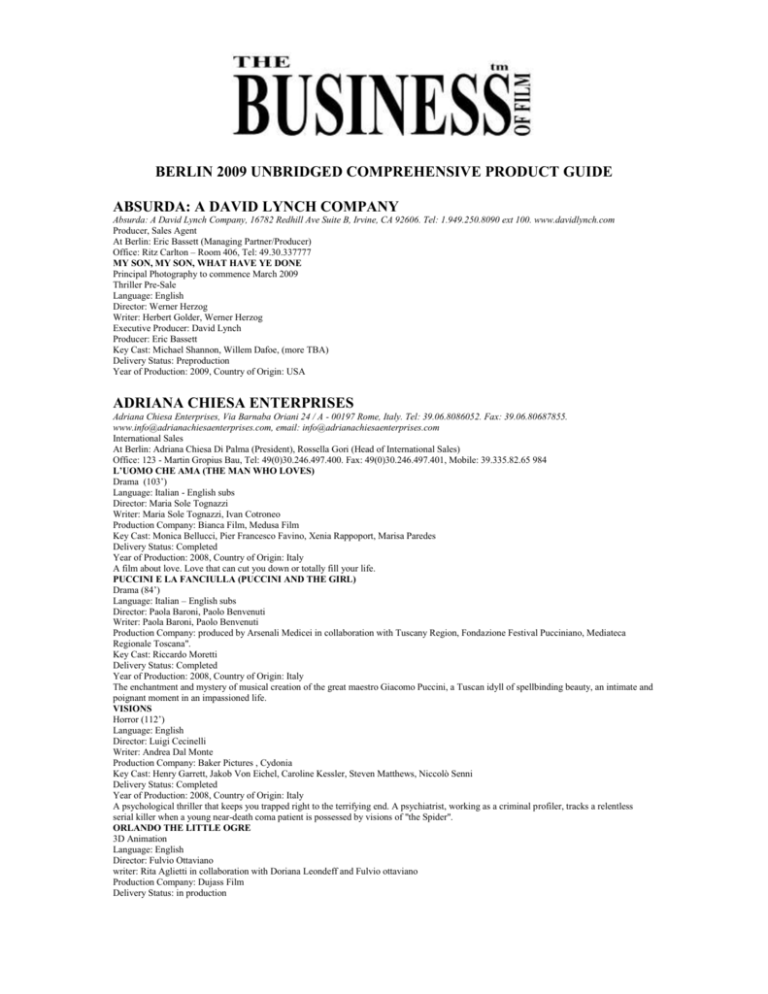

Given this powerful paradigm of the inevitable depletion and supersession of genres dynasty after dynasty, it should perhaps come as no surprise that even in the West a major conference on the tz'u, or song lyric, traditionally identified with the Sung dynasty, should follow one on shih poetry, conventionally linked with the T'ang.

The presumption that life cycles of dynasties and literary genres followed comparable and intertwined courses provided a convenient schema for literary periodization and reinforced long-standing historicist interpretations of individual texts as well, interpretations that remained compelling well into the twentieth century.

Thus, as political regimes could be seen to rise and fall organically in smooth chronological sequence, so too could literary forms be regarded as generating their own evolutionary genealogies of descent over time. Scholars of traditional Chinese literature long approached the history of literary genres with an assumption similar to that governing the study of other historical formations in the culture: that the subjects under study experienced life cycles of birth, development, and decline analogous to those putatively experienced by the particular dynasties in which they were putatively rooted. Voices of the Song Lyric in China. Berkeley: University of California Press, c1994 1994.


 0 kommentar(er)
0 kommentar(er)
